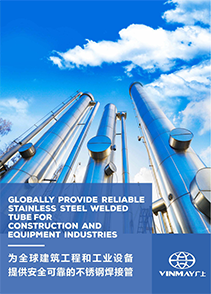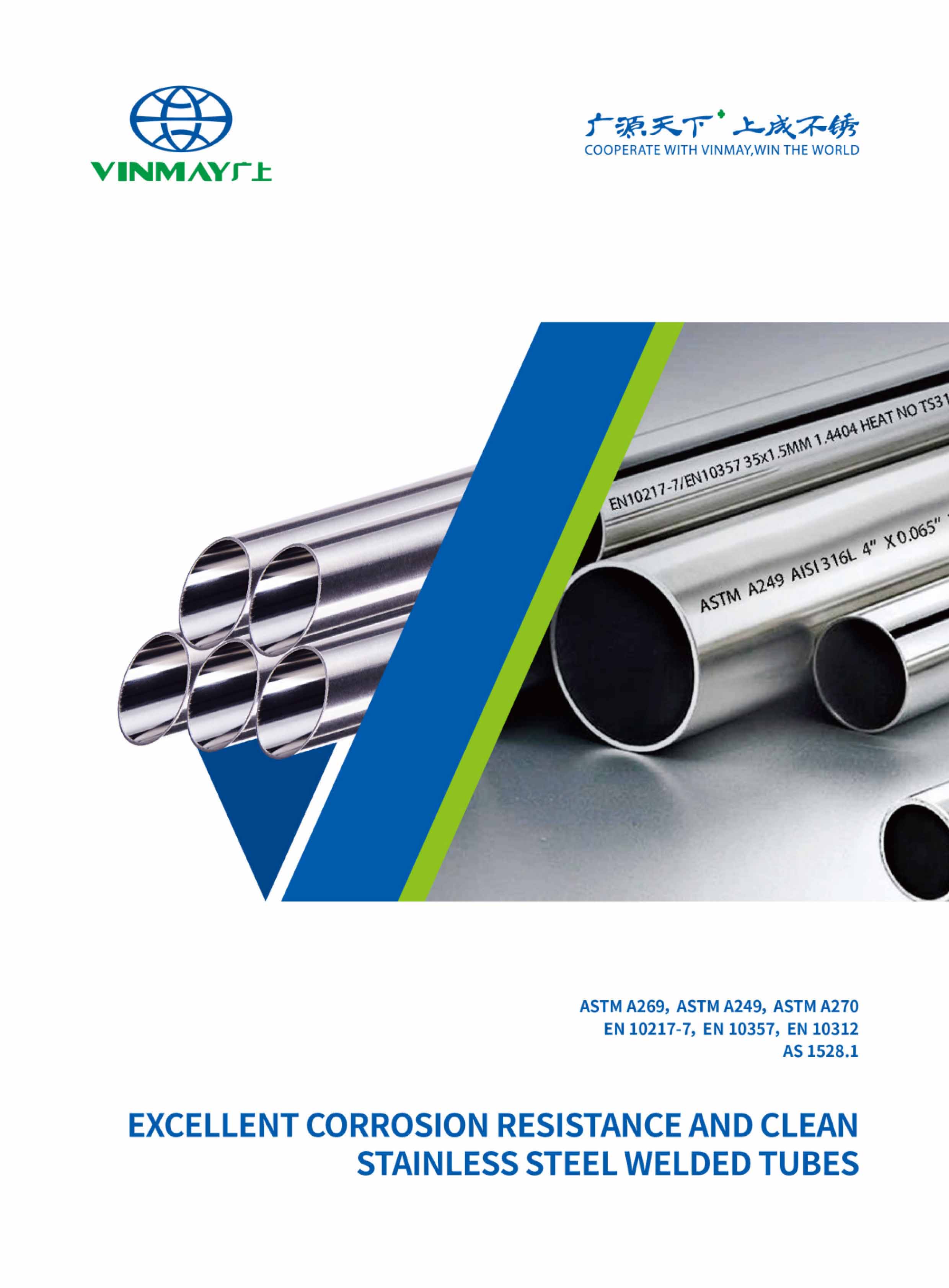Stainless steel pipe thickness is a critical parameter in the design of piping systems. It directly affects the system's durability, pressure capacity, and resistance to corrosion. Engineers must consider factors such as internal pressure, external loads, and environmental conditions when selecting pipe thickness. Adherence to industry standards guarantees reliability and safety in various applications. Understanding the intricacies of pipe thickness can lead to enhanced performance and longevity in demanding industrial environments.
Pipe thickness refers to the measurement of the pipe wall, which directly affects the pipe’s strength and functionality. The thickness of a pipe determines its ability to withstand internal and external pressures, corrosion resistance, and overall longevity. The correct thickness ensures compliance with safety regulations and enhances performance in various industries, from construction to food processing. Understanding these variations allows buyers to select pipes that meet both performance requirements and cost-effectiveness.
Stainless steel pipes come in various wall thicknesses, categorized by schedules (SCH) that indicate their strength and ability to handle different pressures. Knowing how these schedules correlate with different industrial applications will help you determine the best pipe for your project.
Understanding stainless steel pipe thickness requires knowledge of key measurements and terminology. Several industry-standard classification systems define pipe size and thickness, ensuring consistency across various applications. By grasping these terms, buyers can make informed decisions based on their specific needs.
The Nominal Pipe Size (NPS) system is commonly used in North America to standardize pipe dimensions. However, NPS does not always correspond to the actual outer diameter of the pipe but serves as a reference point. Another important classification is the Schedule (SCH), which dictates the thickness of the pipe wall. Pipe schedules range from SCH 5 to SCH 160, with higher numbers indicating thicker walls that can withstand greater pressure. Additionally, Wall Thickness (WT) is the actual measurement of the pipe’s wall, expressed in inches or millimeters, directly affecting the pipe’s strength and pressure resistance.
To better illustrate these differences, the table below provides a comparison of common schedules and their respective wall thickness measurements:
| Schedule (SCH) | Wall Thickness (Inches) | Wall Thickness (mm) |
|---|---|---|
| SCH 5 | 0.065" | 1.65 mm |
| SCH 10 | 0.109" | 2.77 mm |
| SCH 40 | 0.154" | 3.91 mm |
| SCH 80 | 0.218" | 5.54 mm |
| SCH 160 | 0.312" | 7.92 mm |
By understanding these standard measurements, professionals can select the right stainless steel pipe thickness for their projects, ensuring durability, safety, and compliance with industry standards.
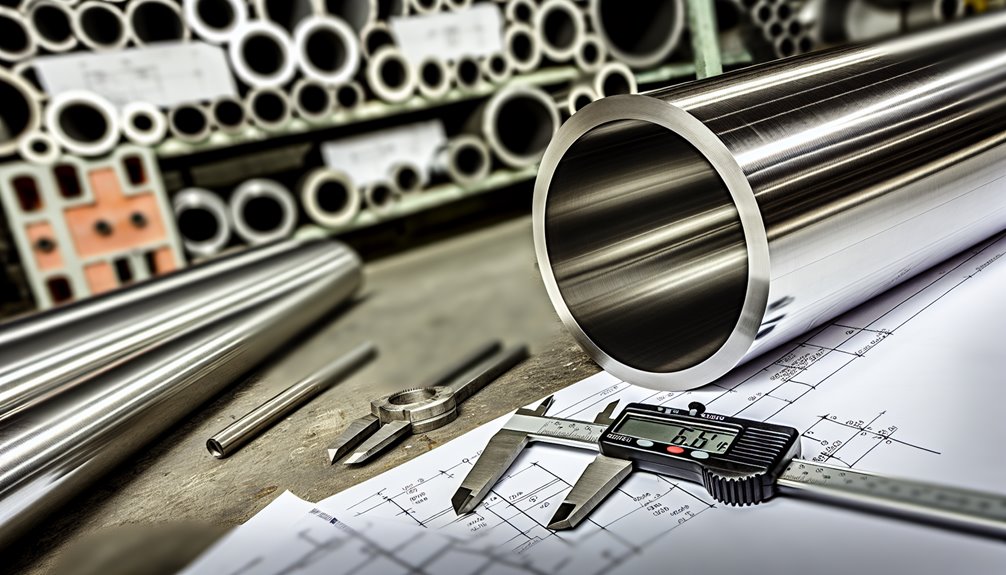
When selecting the appropriate pipe thickness, several critical factors must be meticulously evaluated to guarantee ideal performance and compliance with industry standards.
Pipe applications dictate the required thickness by considering internal pressures and flow characteristics. Stress factors such as tensile and compressive forces, often quantified in megapascals (MPa), influence the structural integrity, necessitating precise calculations.
Corrosion resistance is paramount in environments with aggressive chemical exposure, dictating a thicker wall to extend lifespan. The material's yield strength and environmental conditions further refine the thickness choice, ensuring durability and reliability.
Engineers must balance these variables, employing advanced computational models and empirical data to determine the best specifications.
Ultimately, selecting the correct pipe thickness is essential to achieve operational efficiency and maintain safety standards.
When working with stainless steel pipes, it’s crucial to adhere to recognized industry standards to ensure that the pipes meet safety, durability, and performance criteria. These standards set forth the specifications that manufacturers must follow to guarantee the consistent quality of the pipes. Complying with these standards is essential not only for legal and regulatory reasons but also to maintain the reliability and safety of systems in which these pipes are used.
These standards serve as the benchmark for manufacturers, engineers, and contractors who rely on stainless steel pipes for critical infrastructure. Adhering to these guidelines ensures that the pipes not only comply with local and international regulations but also function optimally in demanding conditions, offering both safety and long-lasting performance.
At Vinmay, we ensure our stainless steel pipes comply with these stringent industry standards, offering customers peace of mind regarding product reliability and performance. Our dedication to quality guarantees pipes that meet the highest expectations for safety, strength, and longevity. For expert guidance and to find the perfect stainless steel pipe for your project, contact us today.
At Vinmay, we offer a comprehensive range of stainless steel pipes tailored to meet the specific needs of various industries. Our selection includes ornamental and construction tubes, sanitary tubes, light gauge water tubes, and heat treatment tubes — each designed to optimize performance across different environments.
Our products are precision-engineered to meet stringent industry standards, with varying thicknesses and exacting specifications. By carefully selecting the right stainless steel grades and maintaining strict dimensional controls, we ensure adaptable solutions for a wide array of industrial applications.
Our ornamental and construction tubes are renowned for their superior quality and versatility, serving a wide range of industrial and architectural purposes. In ornamental applications, they enhance the aesthetic appeal of architectural designs, furniture, and signage, providing both beauty and corrosion resistance. For construction projects, these tubes offer excellent durability, easy maintenance, and long-lasting performance, making them ideal for features like handrails and balustrades.
We offer customization options to meet specific requirements, with tubes available in various shapes and sizes. Our precision welding, polishing, and rigorous quality control checks ensure that each tube meets the highest standards.
We leverage our extensive industry experience and global customer base to deliver products that exceed expectations, ensuring customer satisfaction and timely delivery.

Our sanitary tubes are specifically designed to meet the highest standards of hygiene and durability. With precise material compositions, including 304/304L/316L stainless steel, our tubes are certified under PED/ISO/MTC and AEO.
The surface finishes of our sanitary tubes range from MF to 600 Grit externally, and 180 to 400 Grit internally, achieving roughness levels of 0.4-0.8 Ra. We offer diameters from 24mm to 159mm and thicknesses from 0.6mm to 5.0mm, ensuring versatility for various applications in the food, pharmaceutical, and beverage industries.
Using advanced welding techniques and internal bead removal, we guarantee top-notch quality. Our manufacturing process includes controlled annealing at 1040°C, ensuring minimal oxidation and superior surface quality, making our tubes ideal for environments requiring strict sanitary conditions.
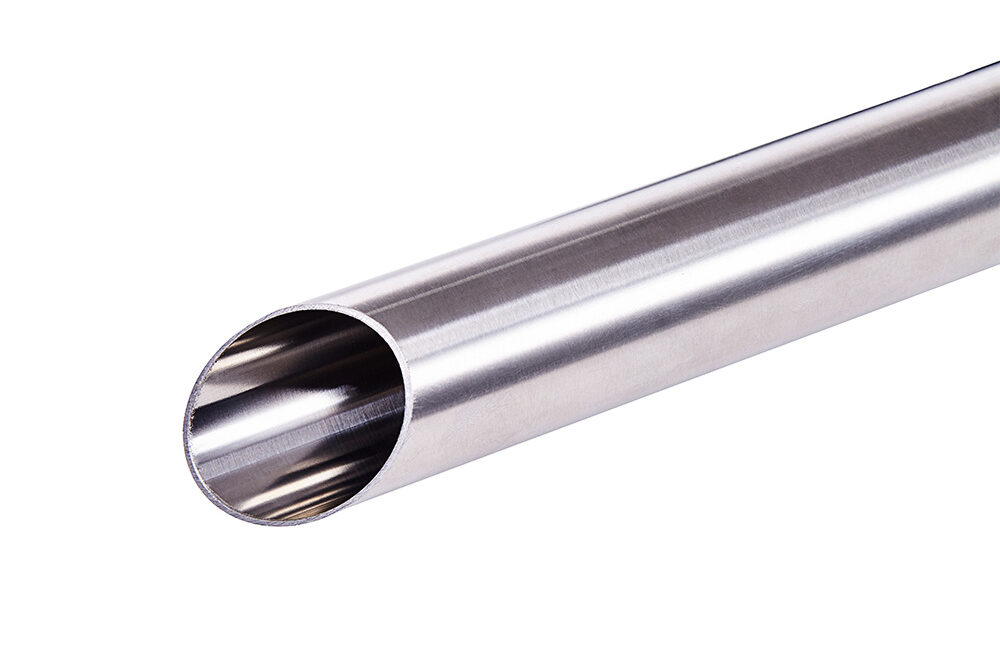
Our light gauge stainless steel water tubes are engineered to meet stringent international standards, providing reliable, long-lasting solutions for plumbing and industrial applications.
Crafted from 304, 304L, and 316L stainless steel, our tubes guarantee corrosion resistance and durability even in lightweight applications. With diameters ranging from 9.5mm to 219.08mm and thicknesses between 0.8mm and 4.0mm, they are versatile and suitable for a variety of installation methods.
Our controlled annealing process (between 1050°C and 1080°C) enhances the physical and mechanical properties of the tubes, while compliance with EN 10312 ensures precise thickness and diameter tolerances. The smooth inner surface of our tubes helps prevent bacterial contamination, making them ideal for health-conscious applications.
We back our products with thorough testing, guaranteeing that each tube meets our rigorous quality standards and provides efficient, stable solutions.
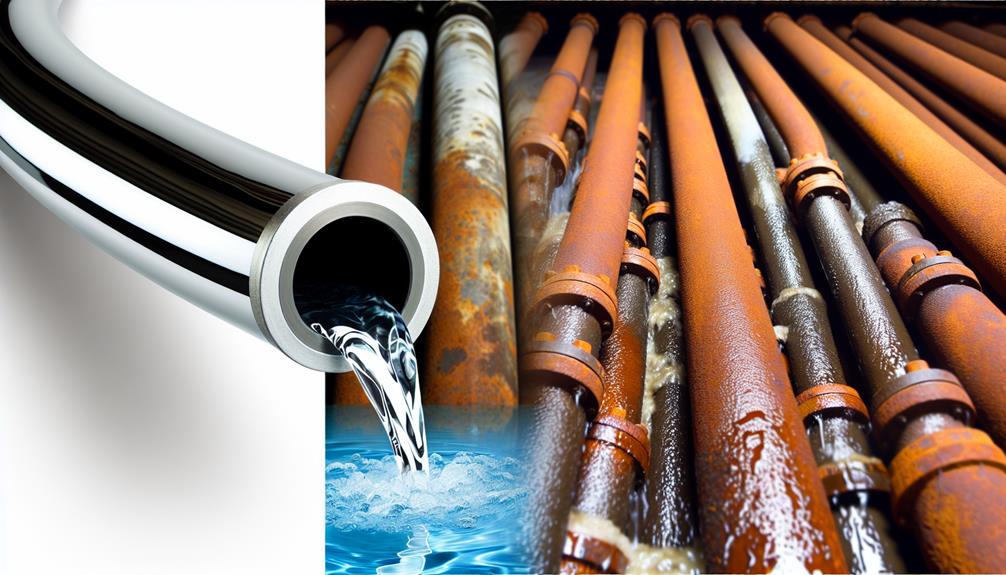
Our stainless steel tubes for heat treatment are designed to meet the demanding needs of high-performance industrial applications. Manufactured from 304, 304L, and 316L stainless steel, these tubes deliver optimal heat treatment benefits and enhanced performance.
With diameters ranging from 12mm to 159mm and thicknesses between 0.6mm and 3.0mm, our tubes offer precise material selection for varied applications. We utilize a bright annealing process at 1040°C within a controlled atmosphere, which improves surface brightness while eliminating the need for pickling. This process reduces hardness, relieves internal stresses, and enhances ductility, resulting in improved tube performance.
Our strict adherence to international standards guarantees consistent thickness and diameter tolerances, ensuring reliable performance across industries that demand precision.
See Also - Stainless Steel Tube for Heat Exchanger

How does the temperature influence material dimensions? Thermal expansion effects lead to variations in thickness. Heat treatment processes alter structural properties, while temperature gradients impact dimensional consistency, necessitating precise control for maintaining ideal performance and structural integrity in engineering applications.
Maintenance of thick-walled stainless steel pipes involves regular inspections for corrosion resistance, ensuring pressure ratings are within specifications, and verifying welding techniques for integrity. Routine checks should utilize precise measurements to maintain peak performance and prevent failures.
Environmental considerations involve evaluating sustainability practices, recycling options, and adherence to environmental regulations. An analytical approach requires precise measurements to assess impact, ensuring compliance while optimizing material use and minimizing ecological footprint within industry standards.
Pipe thickness is the fulcrum on which installation costs pivot. Installation techniques must adapt, influencing labor efforts and equipment needs. A meticulous cost analysis, alongside strategic material selection, guarantees economic efficiency and precise execution in construction projects.
Pipe thickness greatly influences flow resistance, impacting fluid flow efficiency. Thicker pipes can enhance pipe durability but may increase resistance. As a result, material selection must balance these factors, ensuring ideal performance with precise measurements for controlled, efficient fluid dynamics.
Understanding stainless steel pipe thickness is crucial for making informed decisions when purchasing pipes for industrial, commercial, or residential applications. By considering factors such as pressure requirements, corrosion resistance, and industry standards, you can ensure optimal performance and longevity.
At Vinmay, we offer a wide range of stainless steel pipes designed to meet diverse application needs. Whether you require sanitary tubes, heat-resistant pipes, or construction-grade stainless steel, our products are engineered for quality and durability.
Looking for high-quality stainless steel pipes with the right thickness for your project? Contact us today for expert guidance and premium-grade products. Explore our catalog and request a custom quote to find the best solution for your application!
